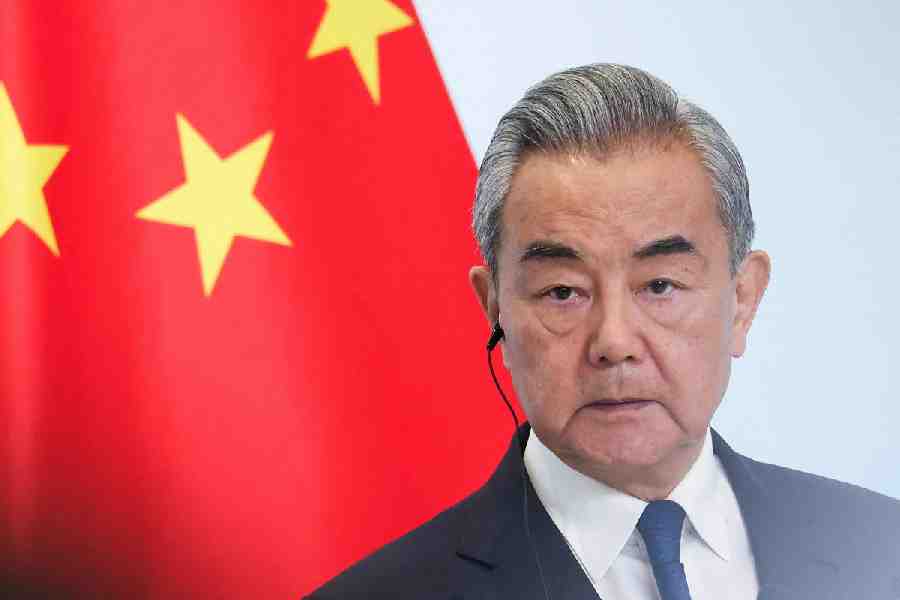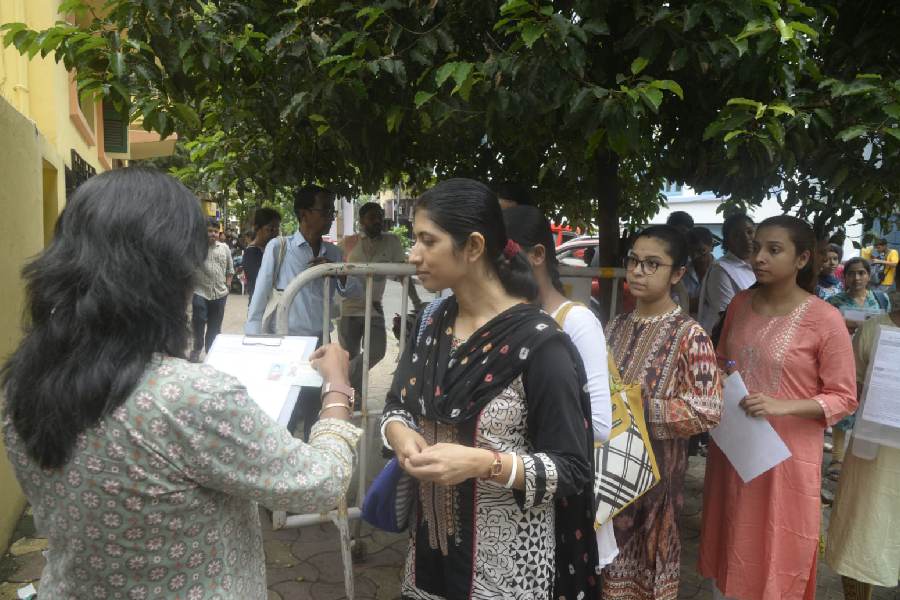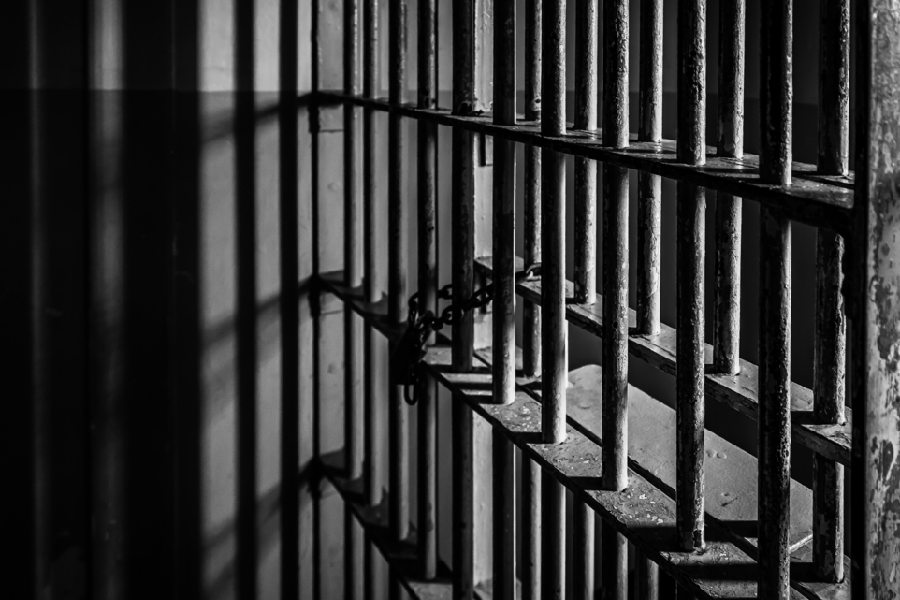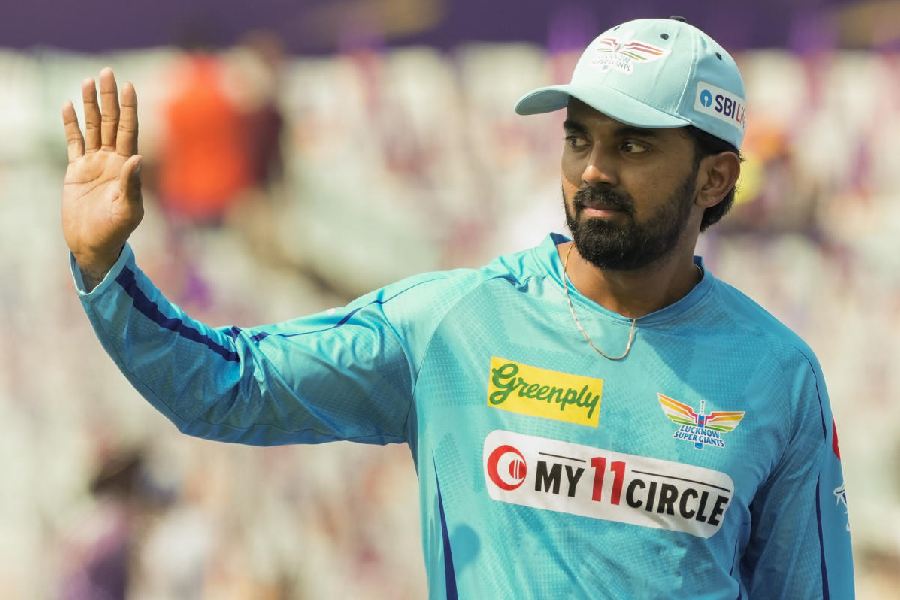 |
| BEWARE: A non-vegetarian meal is likely to increase your cholesterol and triglyceride levels |
As early as in 1990, an American doctor called Dean Ornish angiographically proved that it was possible for heart patients to reverse cholesterol blockages in coronary arteries, a condition that eventually leads to cardiac arrests, by following a programme he had devised. A vital part of the programme was a concept called ‘zero-oil cooking’, which intended to do away with oil as a cooking medium altogether.
Bimal Chhajer, a Delhi-based consultant cardiologist who took the cue from Ornish to treat Indian cardiac patients, explains how the regime works. “Once the supply of fat to the body is cut off, the blood, which then has less dissolved fat in it, begins to dissolve cholesterol deposits in the arteries, thus leading to the gradual opening up of the blood vessels,” he says.
Zero-oil cooking is a concept where oil is substituted by water as a cooking medium. “And contrary to popular belief, cooking without oil isn’t all that difficult,” says Chhajer, who was once associated with the All India Institute of Medical Sciences (AIIMS) and now runs a programme on the lines of Ornish’s, called Science and Art of Living (SAAOL). “In an age when non-stick utensils are part of every kitchen, oil-free cooking is something which can be practised in every household,” he says.
However, experts say that there are other sources apart from cooking oil which can also lead to increased fat consumption, and thus need to be identified. “Food that is high on milk fat, for example, is a potential threat here, and there’s no point cutting out the oil when there’s too much of milk fat going into the body,” says Rekha Sharma, dietician at AIIMS, New Delhi.
Interestingly, eliminating cooking oil and secondary sources of fat do not create a dietary imbalance. “That’s because all consumed food items have natural fat in them, and that helps to maintain the balance in daily diet,” says Sharma.
That is precisely the pillar on which Ornish’s regime is built. Of course, there are other things that come under his programme, which must also be touched upon in order to reverse critical cardiac conditions. “Apart from keeping a tab on fat intake, one has to go through stress management exercises such as yoga and meditation, take up light aerobic exercises, switch to a vegetarian diet and give up smoking,” says Chhajer.
Chhajer, on his part, has come up with some 300 recipes for people who run the risk of cardiac diseases, in a book called Food for Reversing Heart Disease that was released in Delhi two weeks ago. And he says that all patients who register for the SAAOL programme are prescribed a diet comprising these recipes. “The dishes are as good as they would be if they were cooked in a fatty medium. Oil, after all, has no taste of its own and thus lends very little taste to a dish.”
Of course, that’s a logic not everyone would endorse. “Oil, or any fatty medium, will definitely lend its own distinctive flavour to a fare, because cooking involves a chemical change in the composition of food material where the medium plays an important part,” says chef Saby, of Delhi’s much-feted eatery, Olive Bar & Kitchen. “Moreover, since our palates are used to certain kinds of flavours, replacing the traditional cooking medium will certainly have an impact on taste,” the chef says.
Nevertheless, it appears to be a small price to pay, especially if you consider the fact that oil-less food doesn’t have to be wholly tasteless. And your taste buds, after all, are what you make of them.
Risk factors that can be modified
Stress: Day-to-day stress ? arising from work and a hectic city life ? can be managed through exercises such as yoga and meditation, which need to be performed on a regular basis.
Blood cholesterol and blood triglyceride levels: A diet which steers clear of extra fat can help reduce fat content in the blood.
Food habits: Vegetarian food scores over non-vegetarian food in terms of controlling cholesterol and triglyceride levels. Hence, going vegetarian while cutting down on oil and other external sources of fat is a step in the right direction.
Sedentary lifestyle: Regular physical activity such as light aerobics and brisk walking gives the body a daily dose of physical activity, which modern life otherwise doesn’t allow much room for.
Tobacco consumption: Giving up cigarettes and chewable tobacco help patients go the extra mile.
FOOD VALUE
A typical SAAOL diet:
Breakfast: Preferably around 8.30 am. Consists of bread, porridge, roti or cornflakes, along with salad or cooked vegetables, fruits, dal or egg white, and tea.
Mid-morning snack: Comprising fruits or light snacks, this could come between breakfast and lunch, at around 11.00 am.
Lunch: To be had around 1.30 pm. Could comprise salad, chapatis, rice, cooked vegetables, dal and curd.
Tea: Nothing more than tea and light snacks, at around 4.30 pm.
Dinner: An early dinner at 8.00 pm, comprising soup, salad, chapatis, rice, cooked vegetables and dal or curd.











